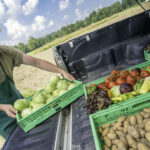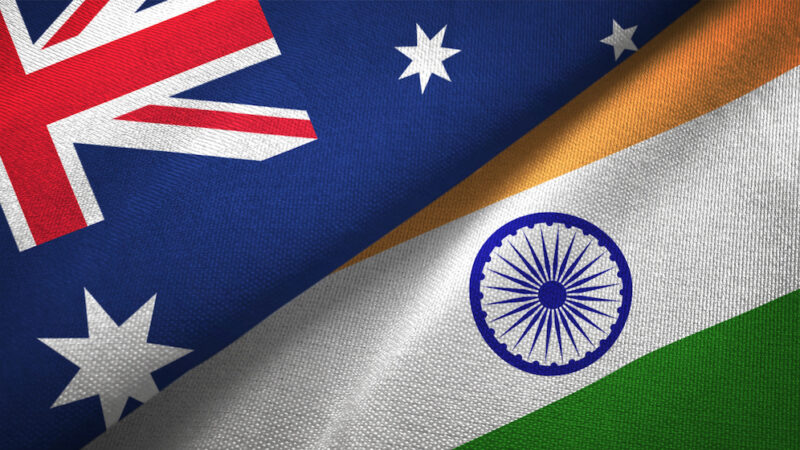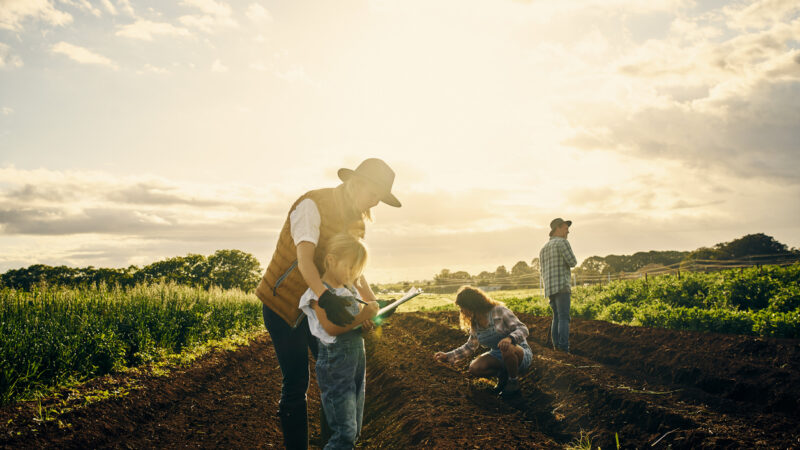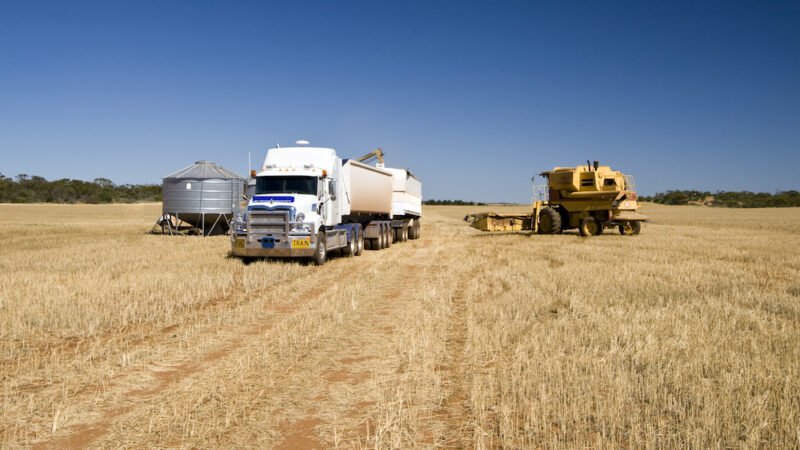Concerns about hitchhiker pests entering Australia inside shipping containers are intensifying with calls for the…
Golden years for Vietnam’s ag exports
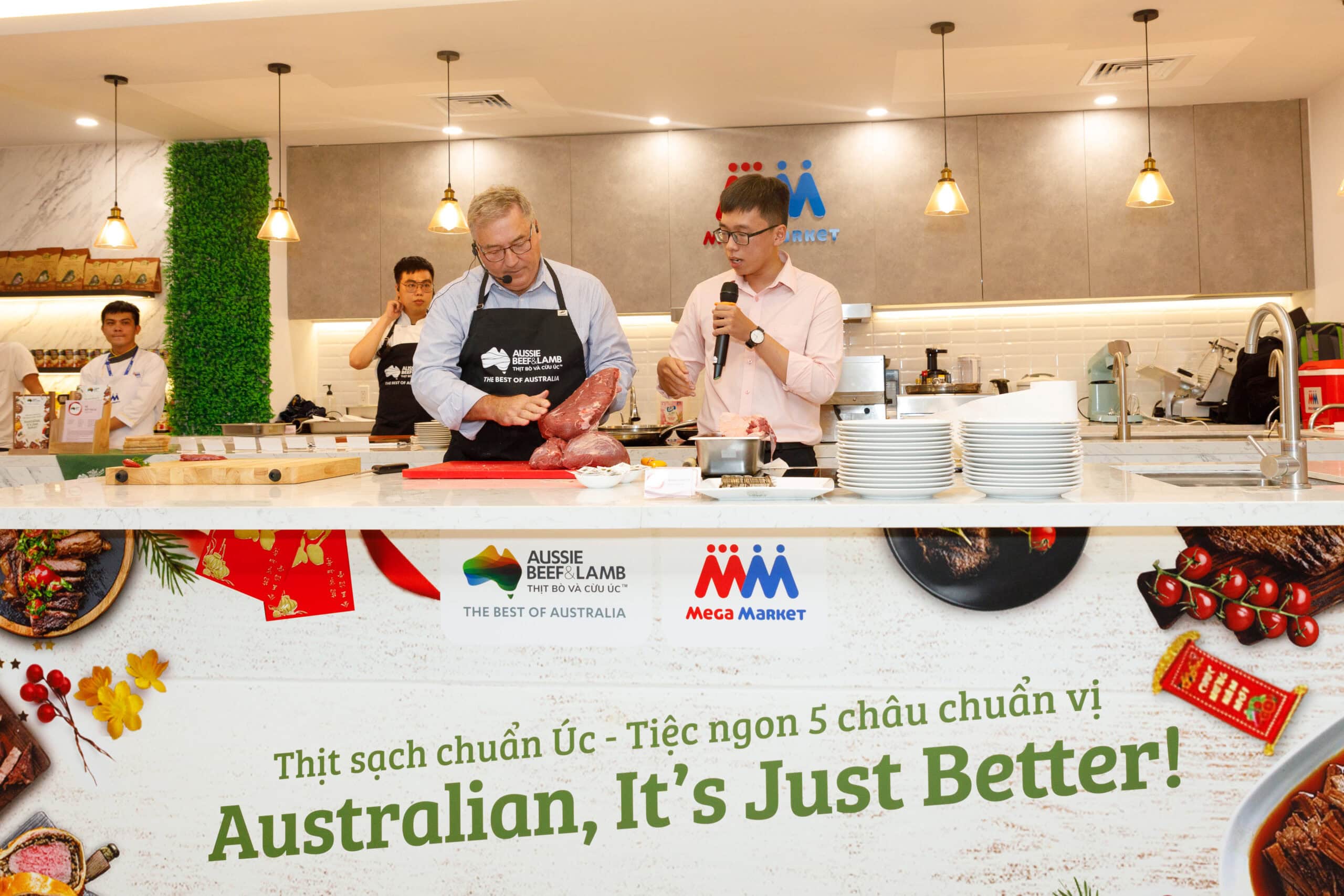
Australian farmers have good reason to help celebrate the 50th anniversary of diplomatic relations between Australian and Vietnam this year.
Substantial increases in wheat and cotton exports helped forge a record $3.4 billion of export sales to Vietnam in 2021-22, and demand for Australia’s high-quality beef is tipped to continue to grow as consumers become wealthier.
Vietnam’s appetite for Australia food and fibre has also extended to increased sales for dairy products, seafood and premium horticultural produce.
Australia will be celebrating the 50th anniversary in Vietnam throughout 2023 with a program covering all aspects of Australia-Vietnam relations.
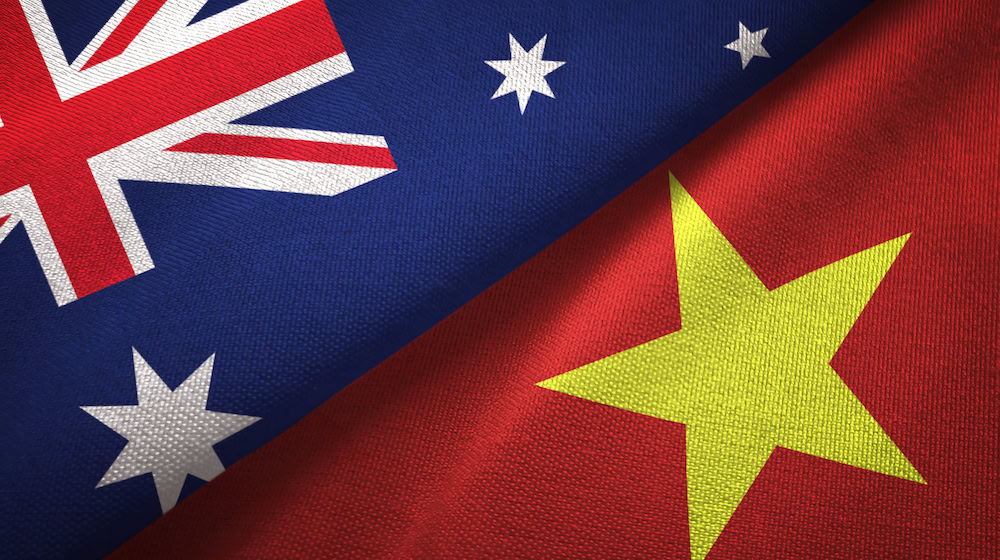
This includes agriculture, education, tourism, climate cooperation, skills as well as innovation and equality. Australian produce will be showcased through Taste of Australia events.
Prime Minister Anthony Albanese has marked the anniversary with an announcement of Australia and Vietnam’s shared intention to elevate the relationship to a Comprehensive Strategic Partnership.
“This announcement reflects the high level of mutual strategic trust and ambition in the relationship and will place Australia in the top tier of Vietnam’s closest partners.”
Anthony Albanese, prime minister
Cottoning on
Australian grown cotton has already hit top tier in the Vietnamese fashion world. In the second half of 2021, Australia became the largest supplier of cotton to Vietnam, overtaking the United States, with export sales of around $812 million.
Vietnam is the world’s second largest importer of cotton – buying around 6.8 million bales each year.
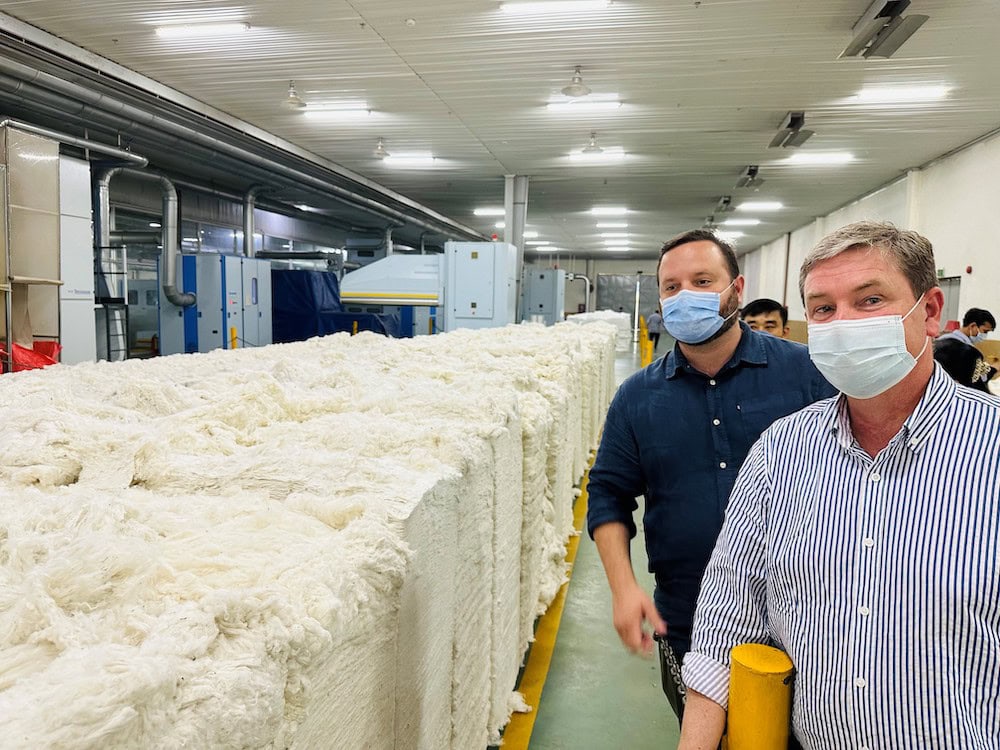
Chair of the Australian Cotton Shippers Association, Matthew Bradd, tips Vietnam will be the top market for Australian cotton again in 2023.
The bulk of the 2023 cotton exports will begin in May. “Vietnam was already an important export market, but has become our number one since China imposed soft import bans,” Matthew said.
“We have seen a massive uptake of new domestic customers in Vietnam with the 2022 crop. I was there late last year, and the feedback was clear: Australian cotton is by far the best to purchase. We have taken a lot of market share away from the US.”
Matthew Bradd, Chair of the Australian Cotton Shippers Association
Australian company Good Earth Cotton – which produces one of the world’s first carbon-positive cotton products – is adding another chapter to Australian cotton’s success story in Vietnam this year.
It has partnered with a leading Vietnamese fashion company, Fashion Enterprise, that plans to increase the processing volume of carbon-positive cotton to 16 million kilograms in 2023.
Fashion Enterprise is also looking to establish the first merino wool spinning factory in Ho Chi Minh City.
Australian wheat farmers have also benefited from strong diplomatic ties. Wheat is not commercially grown in Vietnam, and Australian wheat has become the preferred ingredient in bread, noodles and wheat biscuits.
The increased use of wheat in animal feed is also driving demand for Australian wheat, according to Austrade.
Demand for feed wheat is forecast to grow by 30.1 per cent, from 1,250 kilo-tonnes (kt) in 2021 to 1,626kt in 2031. The growing demand for feed wheat stems from growth in the local livestock industry and its wider use in aquafeeds for Vietnam’s large aquaculture industry.
MLA beefs up marketing in Vietnam
Meat and Livestock Australia’s (MLA) general manager of international markets, Andrew Cox, said the Vietnamese beef export market is still in an ‘infancy stage’.
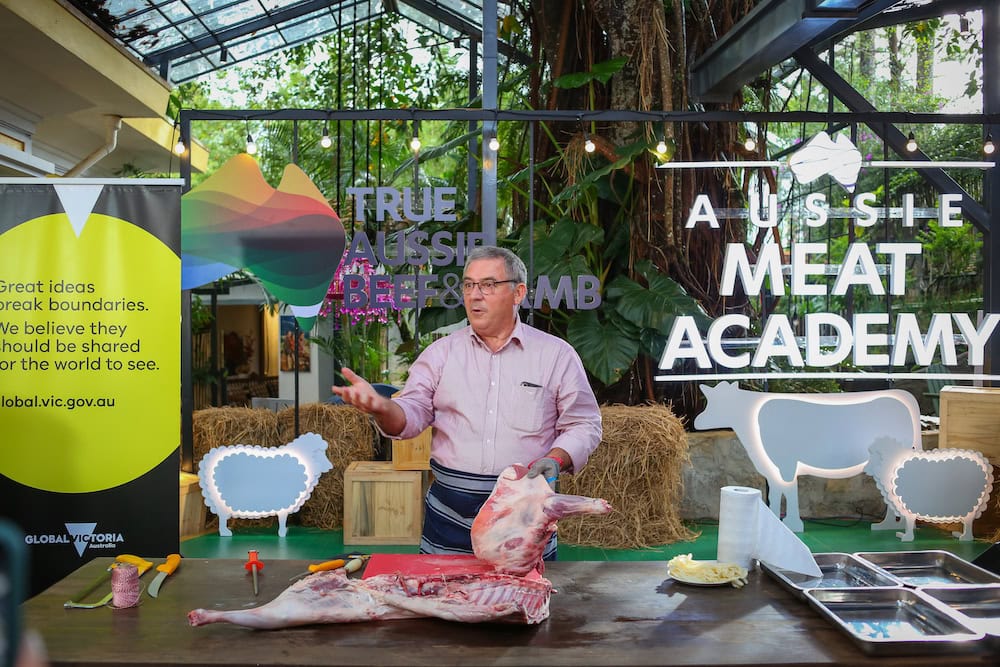
“Our beef exports to southeast Asia have traditionally been dwarfed by countries further north like Japan, Korea and China, but the whole region holds a lot of great opportunity for Australian beef exporters,” Andrew said.
“Vietnam, in particular, is an exciting market for Australian beef. It’s fast growing and now has a population of almost 100 million, many of which are young and growing in wealth.
“Plus, we have had some recent market access improvements, particularly on chilled beef. Five years ago, we were exporting inconsequential amounts of chilled beef. Last year we sent 200 tonnes.
“We already export around $150 million worth of beef per year to Vietnam. It’s still small, but there are real opportunities to grow that as the country matures, retail standards improve and consumer demand increases for quality beef.”
Andrew Cox, Meat and Livestock Australia’s (MLA) general manager of international markets
Fish, pork and poultry still top the list for choice of meat, but beef consumption is on the rise.
The OECD-FAO forecasts Vietnam’s beef consumption to rise 15.1 per cent from 12,050kt in 2021 to 13,875kt in 2031. This 1,825kt increase is almost double the 944kt of beef Australia exported to the world in total in 2021-22.
These types of numbers have inspired MLA to invest more in marketing, including two new market development managers based in Hanoi and Ho Chi Min City.
Vietnamese chefs were also bought to Australia to check out supply chains for beef and lamb and the food service sector has been targeted with a social media campaign promoting Aussie beef.

Andrew said beef exporters had also selected Vietnam, along with Thailand and Saudi Arabia, as a key market for MLA to invest in as part of an Agricultural Trade and Market Access Cooperation (ATMAC) grant from the Federal Government.
“The good thing about Vietnam on beef is that we are not trying to introduce something new to the culture,” he said.
“They love beef and eat it more frequently than any other country in the region. They have their traditional dishes like Pho, but consumers are increasingly interested in Korean BBQ dishes, hotpots, steakhouses and grill restaurants. I had an Australian Wagyu Pho on my last visit to Vietnam, so there is premiumisation happening within traditional dishes.”
Andrew Cox, Meat and Livestock Australia’s (MLA) general manager of international markets
Andrew said the retail supply chain in Vietnam is becoming more sophisticated, which is creating opportunities for Australian boxed and chilled beef in the market.
“The vast majority of beef is still sold through wet markets, and it is still important for Australia’s live export trade.
“On the boxed meat side, there are a lot of low-cost suppliers from India and Brazil. We are mainly competing with Canada and the US for market share.”
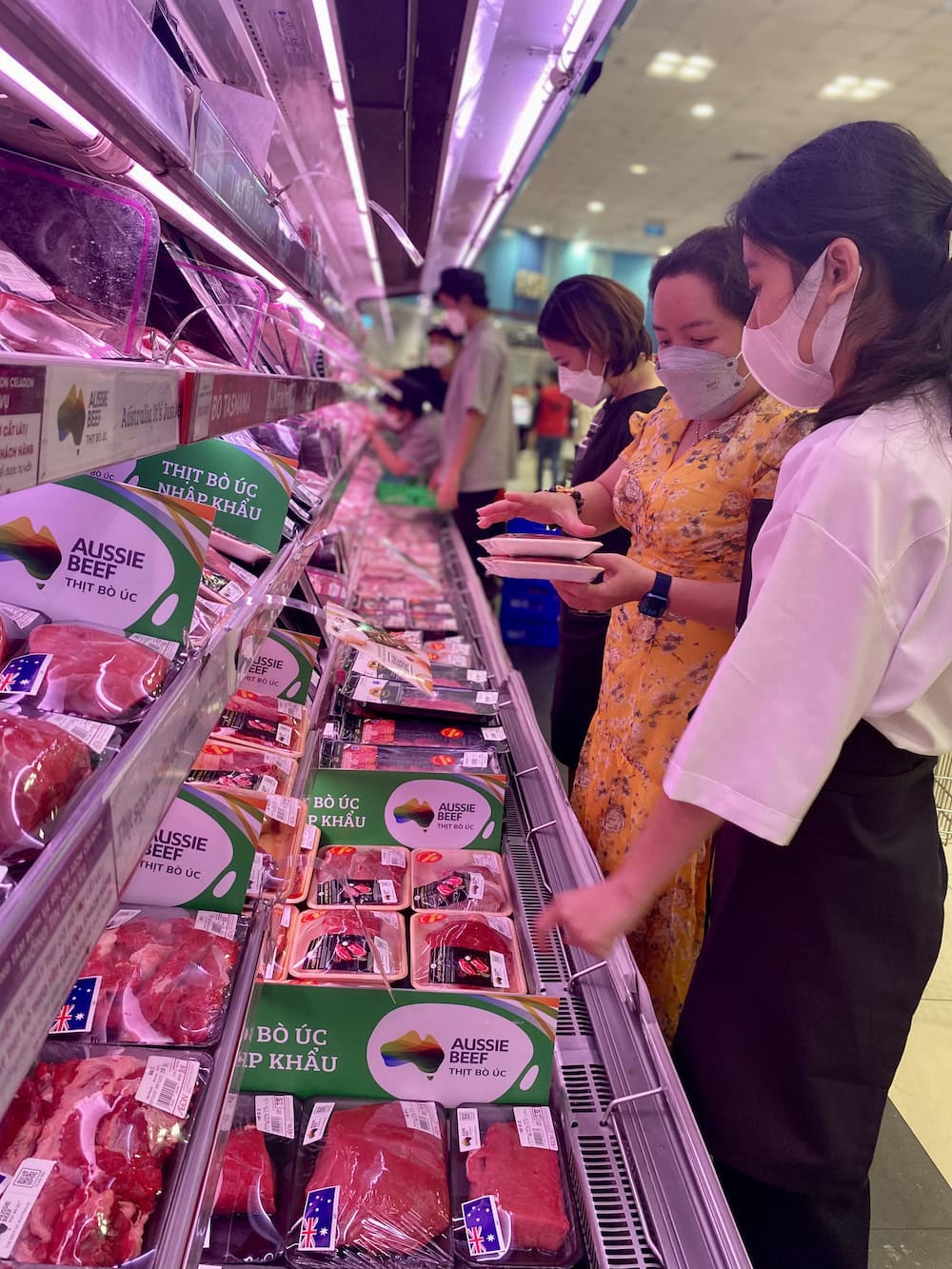
In 2021, Australia accounted for 83 per cent of the fresh or chilled bovine meat exports to Vietnam and 15.2 per cent of frozen bovine meat exports.
Andrew said sheep meat consumption remains low but is growing steadily, albeit from a low base.
Dairy consumption in Vietnam per capita remains low. For example, milk consumption per capita in 2017 was only 8.7 litres, compared to China at 24.1, India at 106.1 and Australia at 219.5 (Source: Our World in Data 2022). However, as consumers become wealthier and the population ages, dairy consumption is forecast to increase.
Most growth in dairy consumption is predicted to come from an increase in skim milk powder consumption.
If you enjoyed this piece on Vietnam ag exports, you might like to read this piece on our trade agreements with India.



